Structural Biology
Introduction
Structural biology is a branch of Molecular biology that seeks to provide a complete and coherent picture of biological phenomena at the molecular and atomic level. The goals of structural biology include developing a comprehensive understanding of the molecular shapes and forms embraced by biological macromolecules and extending this knowledge to understand how different molecular architectures are used to perform the chemical reactions that are central to life.
History
The roots of structural biology can be traced back to the 19th century with the development of crystallography. The first protein structures were solved in the 1950s using X-ray crystallography. The field has since evolved and expanded with the development of new techniques such as nuclear magnetic resonance (NMR) spectroscopy and cryo-electron microscopy.
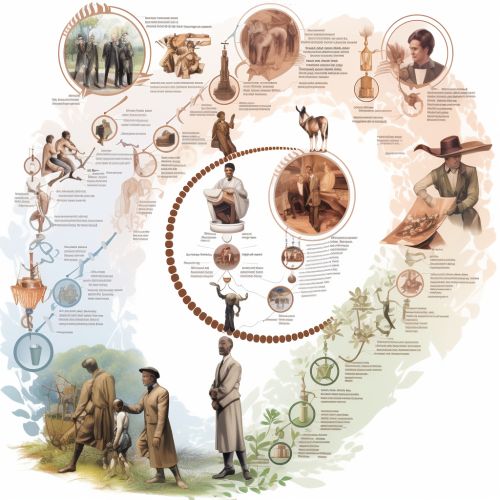

Techniques
Structural biology employs a range of techniques to determine the structures of biological macromolecules. The most commonly used techniques are X-ray crystallography, NMR spectroscopy, and cryo-electron microscopy.
X-ray Crystallography
X-ray crystallography is a widely used method for determining the atomic and molecular structure of a crystal. The crystal causes a beam of incident X-rays to diffract into many specific directions which can then be processed to produce a three-dimensional structure.

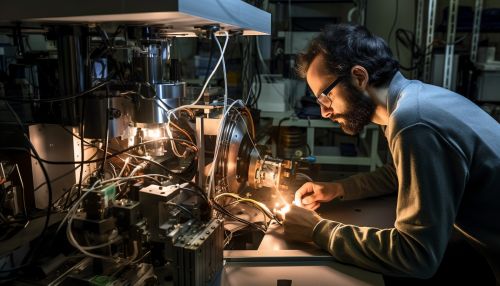
NMR Spectroscopy
NMR spectroscopy is another common technique used in structural biology. It is used to determine the structure of organic compounds based on their interaction with radio waves in a magnetic field.


Cryo-electron Microscopy
Cryo-electron microscopy is a form of electron microscopy where the sample is studied at cryogenic temperatures. This technique has been instrumental in the study of macromolecular complexes and viruses.
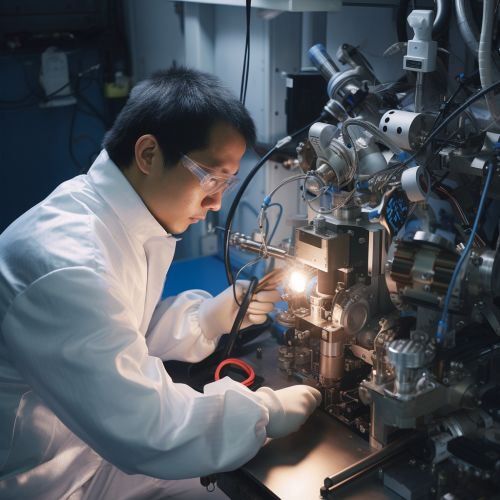
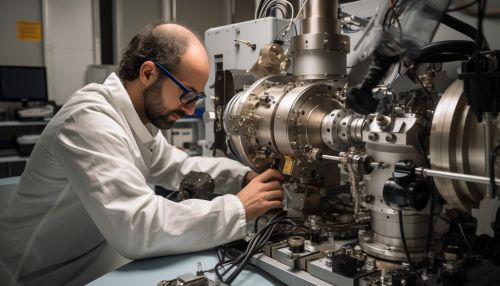
Applications
Structural biology has a wide range of applications in fields such as drug design, bioinformatics, and biotechnology.
Drug Design
One of the most important applications of structural biology is in the field of drug design. Understanding the molecular structure of a target protein can aid in the design of drugs that can bind to it effectively.
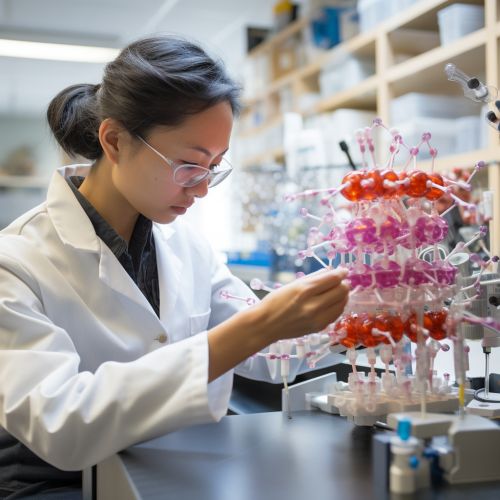

Bioinformatics
Structural biology also plays a crucial role in bioinformatics, particularly in the prediction of protein structure from sequence data.


Biotechnology
In biotechnology, structural biology is used to engineer new proteins with desired properties.


Future Directions
The future of structural biology lies in the integration of different techniques to tackle complex biological problems. The development of new technologies and methodologies will continue to push the boundaries of what can be achieved in structural biology.


